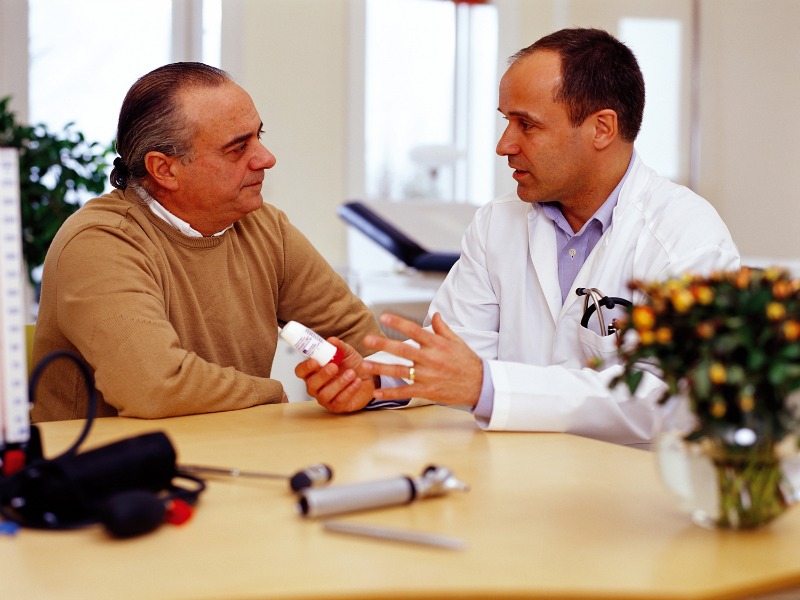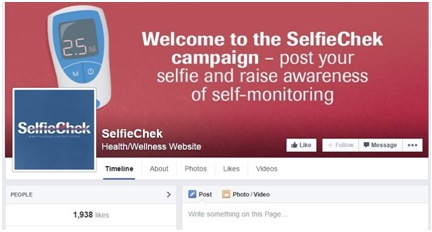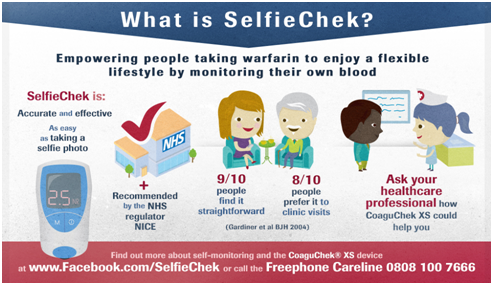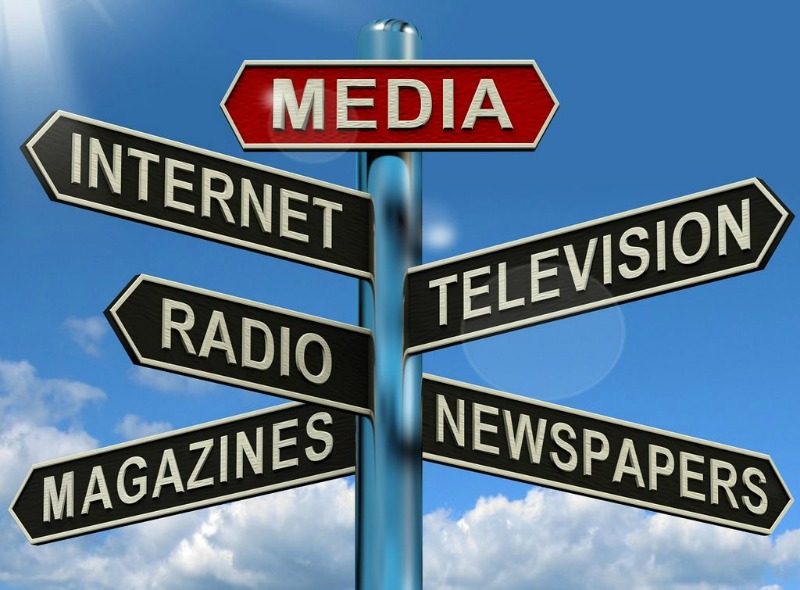Hill+Knowlton Strategies 27 Mar 2015 // 6:09PM GMT

When it comes to healthcare communications, it’s a common misconception that the chance to demonstrate innovative, creative thinking is very limited due to the strict healthcare industry regulations governing communications with the public. On the contrary, working in healthcare provides the perfect opportunity for really exercising your intellectual creativity. The innovations in this sector speak for themselves. How do we connect with the patients, healthcare professionals and stakeholders in a way that resonates with them – and communicates our clients’ messages? Here at H+K Strategies’ Healthcare team, we love sharing innovative healthcare campaigns that have tackled that challenge – both from our own team, and further afield. We’re taking a look at a couple here; Nuffield Health’s Small Victory campaign, the newest wave of Public Health England’s Change4Life project, and the SelfieChek campaign we created for one of our clients.
Offering motivation for those New Year’s resolutions that seemed like a great idea at the time, but are now looking like an impossible task, Nuffield Health’s Small Victory campaign focuses on how any victory, no matter how small, is still a step in the right direction. The overall feel for the campaign is one of striving for better health, and how Nuffield’s services can help you to achieve this goal, in a supportive, understanding environment. The campaign consists of a national TV advert, online tips for setting goals, and motivational case studies of other people’s achievements. There’s also a social media aspect, with the public being invited to share their own achievements on Facebook and Twitter with #SmallVictory. This is a great campaign as it breaks achieving a healthier lifestyle down into more achievable goals, introducing a supportive, community feel to the campaign by inviting users to share their victories. People love sharing their successes via social media, and this campaign taps into that insight well. Furthermore, the entire campaign makes good use of the insight that many people struggle with leading a healthier lifestyle, and cleverly directs people to the services they offer that can provide a holistic approach to better health.
Continuing on the theme of leading healthier lifestyles, Public Health England has released the latest phase of their Change4Life programme, a campaign called ‘Sugar Swaps’. Aimed at reducing the amount of sugar in our diets, Sugar Swaps asks families to swap sugary foods for versions containing less sugar. Parents are asked to sign up to the campaign, and pledge to make one out of four possible swaps – such as exchanging sugary drinks for water. In return, those who sign up will receive a Sugar Swaps pack, featuring money off vouchers, tips for eating healthily and a shopping pad. The campaign is supported by a TV advert and uses digital and social media, with fans being invited to share their tips for reducing sugar on Twitter using #SugarSwaps. This campaign is a really engaging one. The programme removes the key barriers many families encounter when trying to eat more healthily, and focuses on simplicity, a theme carried through in their content and branding. Launched following a Netmums’ survey highlighting that two-thirds of mums think their families are consuming too much sugar, the whole campaign is targeting a key area of concern. Supported by a national road show and co-operation from leading supermarkets, this is a great example of a public health campaign made accessible, engaging, and insightful.
Our final case study looks at some work from a little closer to home. Following the publication of NICE guidance recommending self-monitoring for people taking the medicine warfarin, Hill+Knowlton Strategies created the SelfieChek campaign to raise awareness of the benefits of self-monitoring and highlight the new guidance. H+K’s strategy was to rebrand self-monitoring using the terminology ‘SelfieChek’ – a play on self-monitoring and the global selfie phenomenon. The SelfieChek campaign included traditional print and broadcast media outreach and a Facebook page that asked people to post a selfie and aimed to create a community of patients and healthcare professionals who support self-monitoring. Not only did the campaign reach an audience of 74 million people via coverage in national, regional, broadcast and medical media, but the Facebook page created an active and engaged community of users discussing the benefits of self-monitoring and asking how they can self-monitor themselves. This campaign demonstrates how social media can be integrated into a healthcare communications strategy – playing a strong role in raising awareness about a development whilst also engaging the target audience.
Being creative isn’t just about coming up with the most original campaign idea, or the most ground-breaking, revolutionary concept possible. As these campaigns show, creativity means finding the best way to communicate your message to your audiences in a way that helps them to understand your story, share that story and take a course of action. For any sector, this is a real challenge – but a big dose of creativity may just be the remedy.


By Hill+Knowlton Strategies


































.jpg)


.png)
.jpg)











